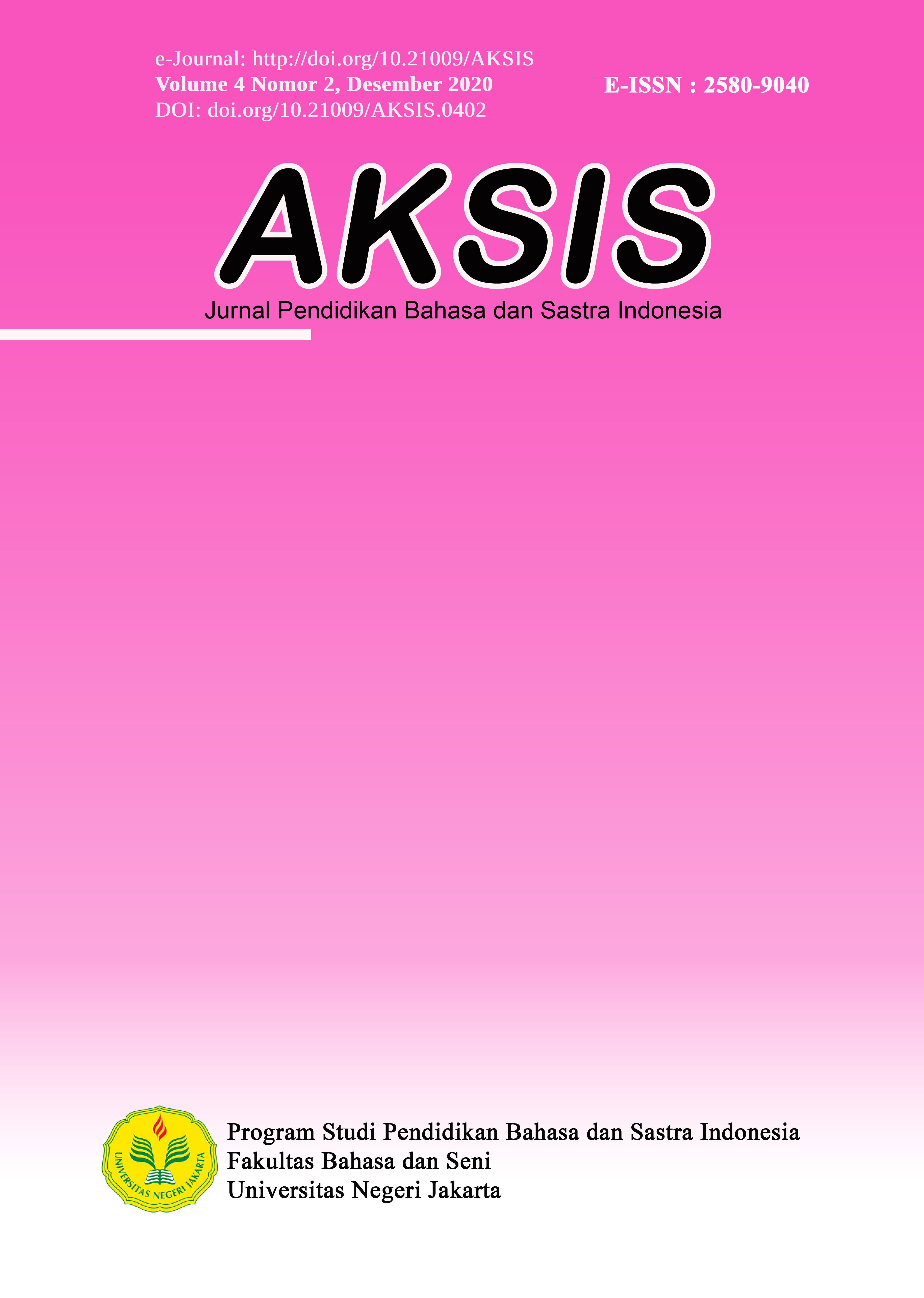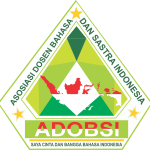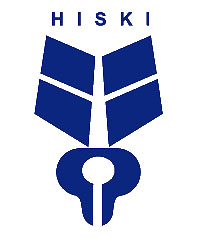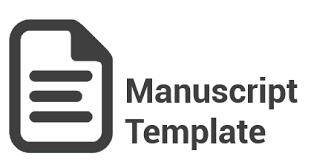Academic Writing Using Critical Thinking Approach of Student PBSI FBS Universitas Negeri Yogyakarta
DOI:
https://doi.org/10.21009/AKSIS.040216Keywords:
approach, critical thinking, academic writingAbstract
The main problem in this article is the low awareness of students' critical thinking when writing various academic activities. One of the reasons for this condition is that learning to write academic forms has not used the right approach or model. The purpose of writing this article is to describe the application of Critical Thinking in student academic writing. This research was written using literature study and direct observation of the academic writing lecture process, namely writing scientific papers. The results of the observation show that in a class that does not use the Critical Thinking approach, it shows that during the academic writing lecture process, students have not developed the concept of critical thinking properly so that their written work has not produced critical and innovative products. However, in classes that apply the Critical Thinking Approach, lectures have been running effectively and the students' written work is in accordance with the assessment criteria. This increase and effectiveness is because students carry out the stages of analysis, evaluation, reconstruction, and creativity during writing lectures.
References
Challagam, Michael dan Joan Rotheri. (1993). Teaching Factual Writing. Erskineville: MEDSP.
Elbow, Peter. 1998. Writing With Power (Technicues For Mastering The Writing Proces). New York: Oxford University Press.
Hernowo. 2003. Quantum Writing: Cara Cepat dan Bermanfaat untuk Merangsang Potensi Menulis. Bandung: MLC
King, FJ, Goodson, L., Rohani, F. Tt. Higher Order Thinking skills: Definition, teaching strategy, assessment.Center of Advancement of Learning and Assessment.www.cala.fsu.edu.
Nurhadi, dkk. 2004. Pembelajaran Kontekstual dan Penerapannya dalam KBK. Malang: UM Press.
Macaro, Ernesto. 1997. Target language, collaborative learning, and autonomy modern language in practice. London: Multilingual Matters, Ltd.
Parinas, N. (2009). Revised taxonomy: Reframing our understanding of knowledge and cognitive proccess. In PEMEA, The assessment Handbook: Continuing Education Program Vol 1. Phillipines: PEMEA.
Priyatni, Endah Tri. 2011. Membaca Kritis Berbasis Intervensi Responsif dengan Multimedia (Modul). Malang: Pascasarjana UM.
Sayuti, Suminto A. 2007. Membaca Jodohnya Menulis (Artikel). Yogyakarta: Kedaulatan Rakyat.
Saville-Troike, Muriel. 2006. Introducing second language acquisition. Cambridge: Cambridge University Press.
Tan, S.Y. & Halili, S.H. 2015.‘Effective teaching of Higher-Order Thinking (HOT) in education’.The Online Journal of Distance Education and E-Learning Volume 3, issue 2. 41-47.
Wibowo, I. 2009. China’s Soft Power and Neoliberal Agenda in Southeast Asia.in M. Li (ed) Soft power: China’s emerging strategy in international politics, Plymouth: Lexington Books.
Zohar, A. 1999.Teachers Metacognitive Knowledge and the Instruction Of Higher Order Thinking. Teaching and Teacher Education, 15, 413-429. Dari http://ac.els-cdn.com.






